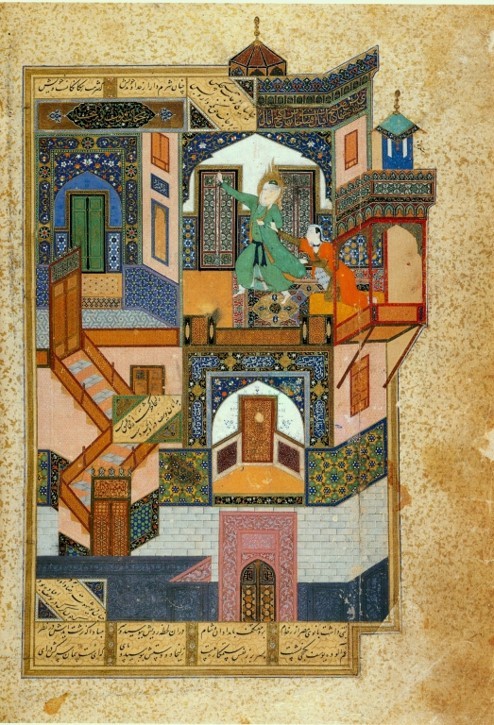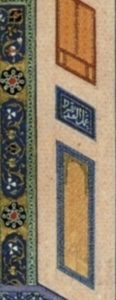Hanuman: The Revered Monkey God in Hindu Mythology
The revered monkey god Hanuman is one of the most iconic in Hindu mythology. He embodies unparalleled strength, unwavering devotion, and boundless...
Maya M. Tola 19 September 2024
7 September 2023 min Read
Here we want to present you with the story of Kamal al-din Bihzad, a renowned Persian miniature painter and head of the royal ateliers in Herat and Tabriz. Bihzad is considered to be one of the leading artists in the history of Islamic miniature painting, so let’s delve together into the miniature world of Kamal al-din Bihzad!
Bihzad’s name has become synonymous with the high level of artistic skill displayed by the painters under the reign of Timurids and, later, the dynasty of Safavids in today’s Afghanistan and Iran, as he led an entire workshop (or kitabkhana) producing manuscript illuminations. Moreover, he came up with a new style that used geometry and architectural elements as the structural or compositional structures in which the figures are arranged. If you ever read a book that contained illustrations with architectural or optical illusions, you’ll soon see many similarities.
The figures are designed as idealized types which repeat across the manuscript and are featured in different stories. They are meant to convey a sense of mood and personality more subtle and expressive than in customary Persian manuscripts. However, the precision of drawing and control in execution is superb and was the hallmark of 15th-century painting in Herat, Afghanistan. The precision in the pattern, calligraphy, and design is Bihzad’s most important legacy, yet the subsequent generations broke with it, painting figures which were rigid and lifeless.


Sadly, not many of Bihzad’s signed works have survived, making the personal attribution of other works a matter of conjecture. Despite the fact that many manuscript illustrations and single paintings have been ascribed to his hand, only a few of these are officially certified as his work. In addition, Bihzad’s signatures are often either incorporated into architectural inscriptions or placed inconspicuously on an object in the painting as we see above, making them hard to spot.
DailyArt Magazine needs your support. Every contribution, however big or small, is very valuable for our future. Thanks to it, we will be able to sustain and grow the Magazine. Thank you for your help!